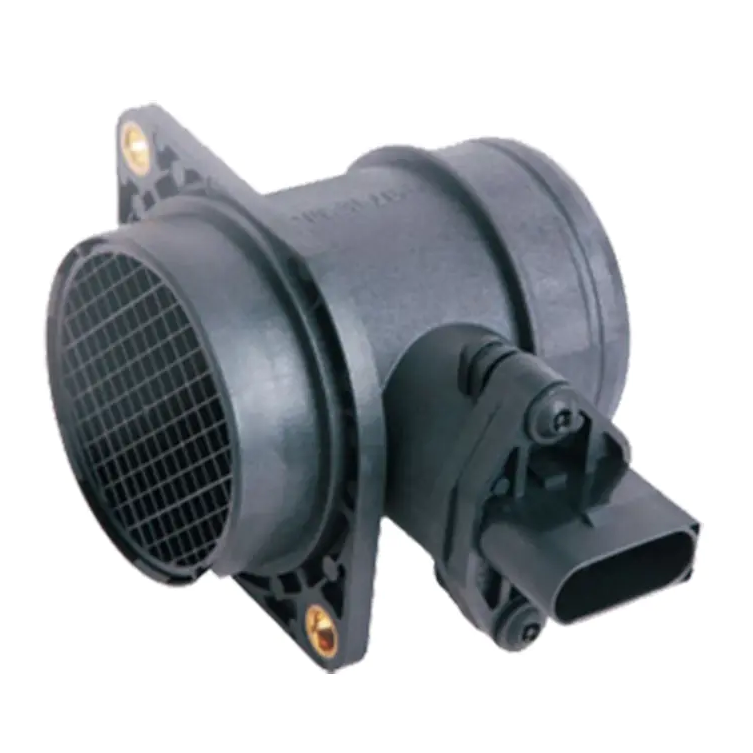The mass air flow meter is an essential component widely used in both automotive and industrial applications. Its primary role is to measure the volume and density of air entering an engine or air intake system, providing accurate data for optimal performance control. Understanding where and how this device is applied helps highlight its importance in different industries.
In automotive systems, the mass air flow meter plays a critical role in managing the air-to-fuel ratio. Installed within the engine’s intake system, it measures the exact amount of air flowing into the combustion chamber. This data is then sent to the vehicle's electronic control unit (ECU), which adjusts the fuel injection process for efficient combustion. Accurate air measurement helps improve fuel usage, reduce emissions, and maintain smooth engine operation.
Beyond passenger vehicles, mass air flow meters are also used in heavy-duty trucks, construction machinery, and agricultural equipment. In these applications, maintaining balanced air and fuel mixtures is crucial for operational stability and engine longevity. Consistent airflow data helps prevent issues such as power loss, engine knocking, and uneven performance under different load conditions.
In industrial environments, mass air flow meters are utilized in systems like generators, air compressors, and other combustion-based equipment. Measuring airflow ensures these machines operate efficiently, maintaining the correct air-fuel balance for steady performance and reduced emissions.
Additionally, some HVAC and air filtration systems in industrial facilities use mass air flow meters to monitor airflow through ducts and filters. This helps maintain indoor air quality and ensures that ventilation systems work as intended.
Overall, the mass air flow meter serves as a versatile tool, providing vital data in various automotive and industrial systems, contributing to consistent operation and reliable system management.
